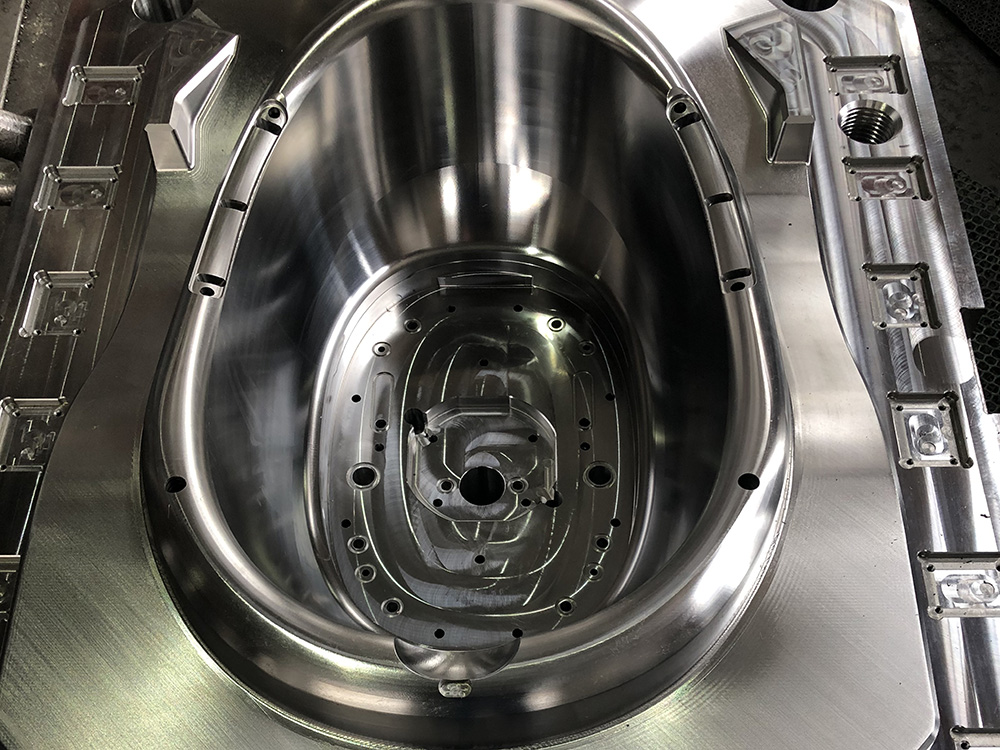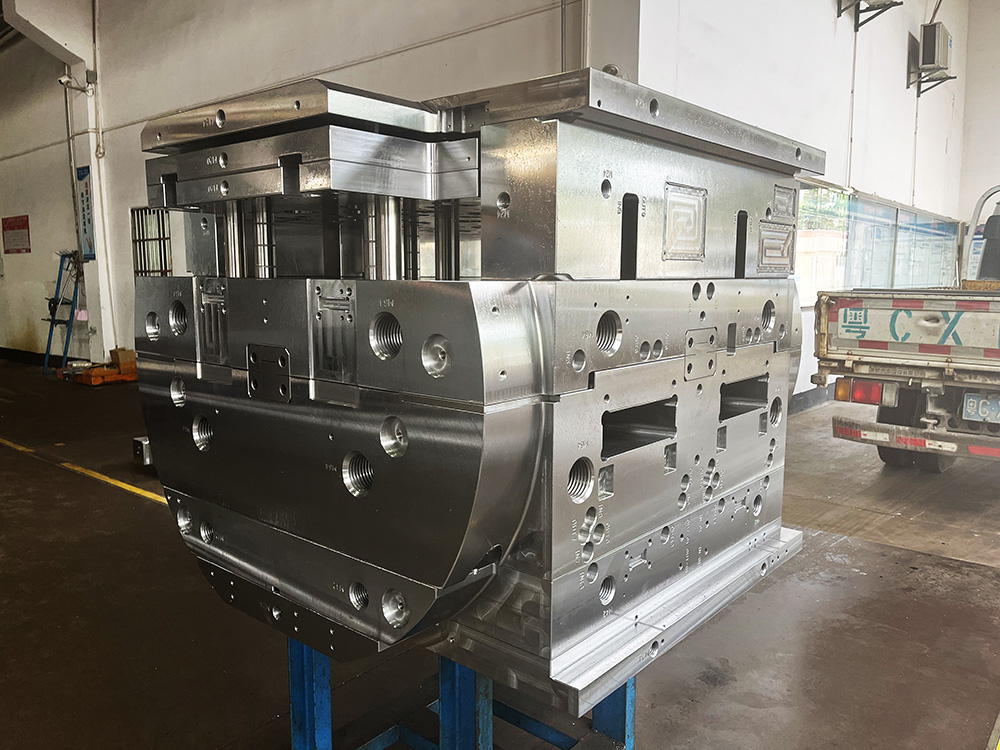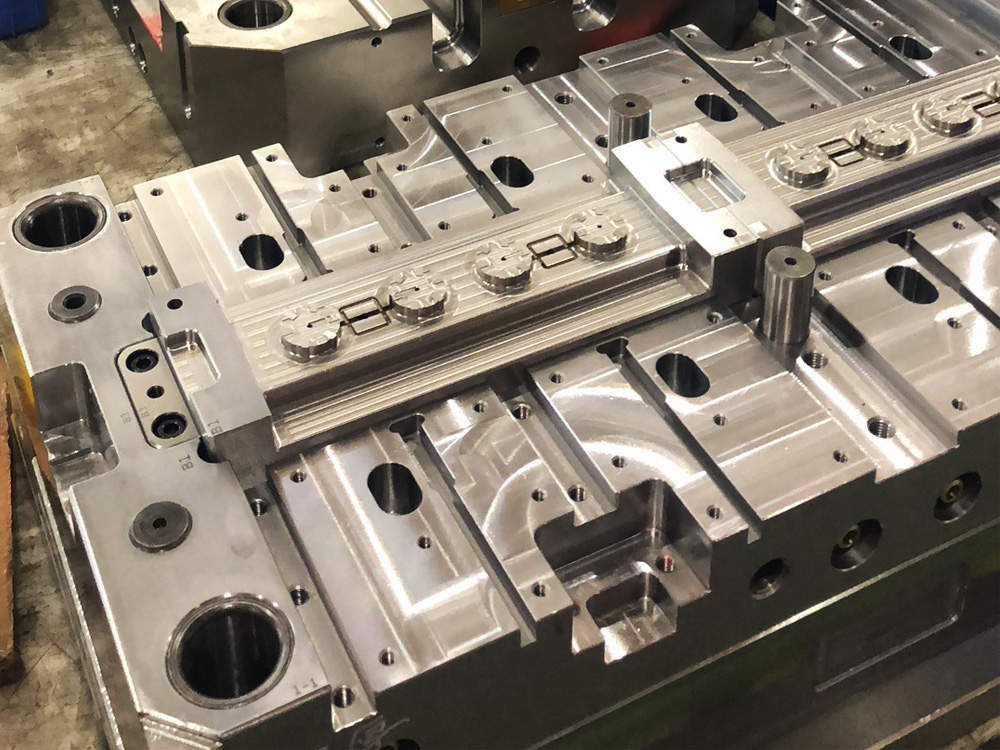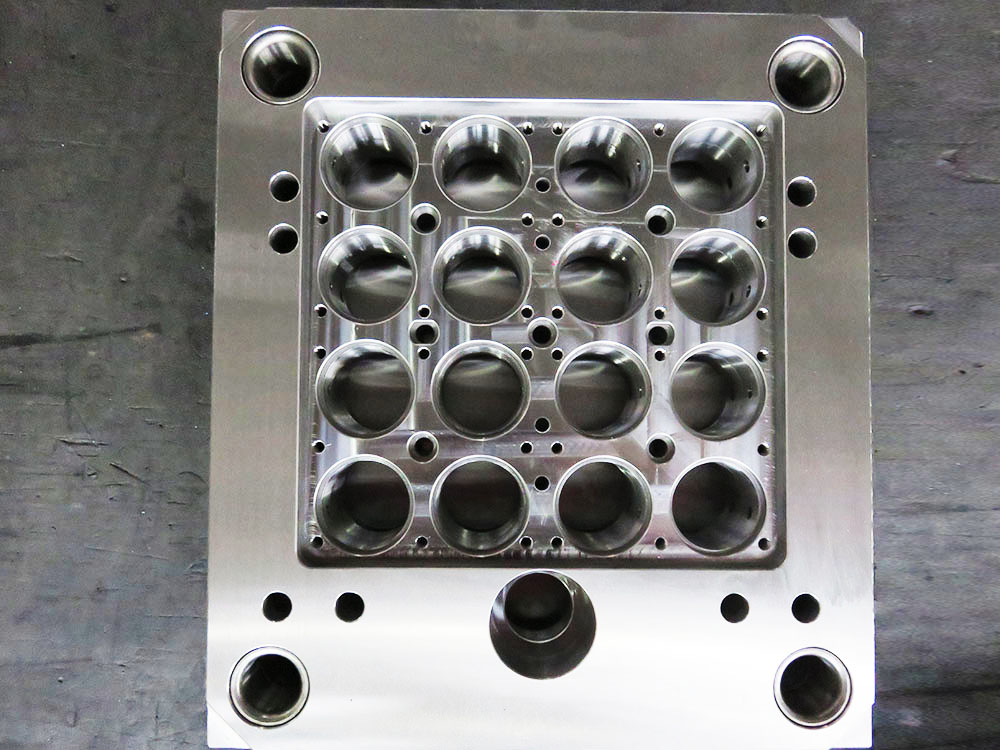What to do when the height of the support frame steel pipe is insufficient
In the mold base industry, it is crucial to have a reliable and sturdy support frame to ensure the stability and proper functioning of the mold. However, there are instances when the height of the support frame steel pipe is insufficient, leading to potential issues and risks. In this article, we will explore the best practices to address this problem and ensure the optimal performance of the mold base.
1. Identify the root cause
The first step in addressing the issue of insufficient height in the support frame steel pipe is to identify the root cause. Is it due to manufacturing error, improper installation, or excessive load? Understanding the underlying reason will help determine the most effective solution.
2. Assess the structural integrity
Before making any modifications or adjustments, it is essential to assess the structural integrity of the support frame and steel pipe. Check for any signs of damage, deformation, or weakness. It is important to ensure that the overall structure can withstand the intended load and provide adequate support.
3. Consult with experts
Seeking the advice and expertise of professionals in the mold base industry is highly recommended. They can provide valuable insights and guidance based on their experience and knowledge. Engage with engineers, designers, or consultants who specialize in mold base support systems to ensure the most appropriate solution.
4. Consider reinforcement options
If the height of the existing support frame steel pipe is insufficient, several reinforcement options can be considered. One common approach is to add additional support structures, such as steel plates or bars, to increase the overall height and enhance the stability of the mold base. Properly welding or fastening these reinforcements is crucial to maintain structural integrity.
5. Optimize load distribution
Another strategy to address insufficient height is to optimize the load distribution within the mold base. By carefully analyzing the weight distribution of the mold and adjusting the support points, it is possible to minimize the stress on the support frame steel pipe. This can help mitigate the risk of overload and potential structural failure.
6. Consider redesigning the support frame
In certain cases, the best solution may involve redesigning the support frame altogether. This could include utilizing different materials, adjusting the dimensions, or exploring alternative support systems. Redesigning the support frame is a complex task that requires careful consideration and expertise.
7. Perform regular inspections
Once the necessary modifications or adjustments have been implemented, it is crucial to establish a regular inspection schedule. Regularly check the support frame steel pipe for any signs of wear, stress, or fatigue. Promptly address any identified issues to ensure the continued reliability and performance of the mold base.
Conclusion
Addressing the issue of insufficient height in the support frame steel pipe is a critical task in the mold base industry. By identifying the root cause, consulting with experts, assessing structural integrity, considering reinforcement options, optimizing load distribution, and performing regular inspections, it is possible to overcome this challenge and ensure the optimal performance of the mold base.
Remember, the safety and reliability of the mold base should always be the top priority. By following these best practices, you can mitigate potential risks and maximize the longevity of your mold base system.




